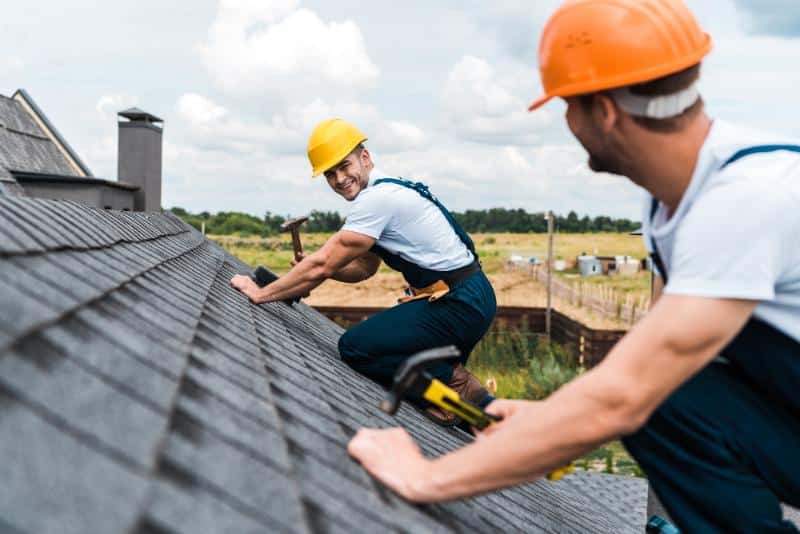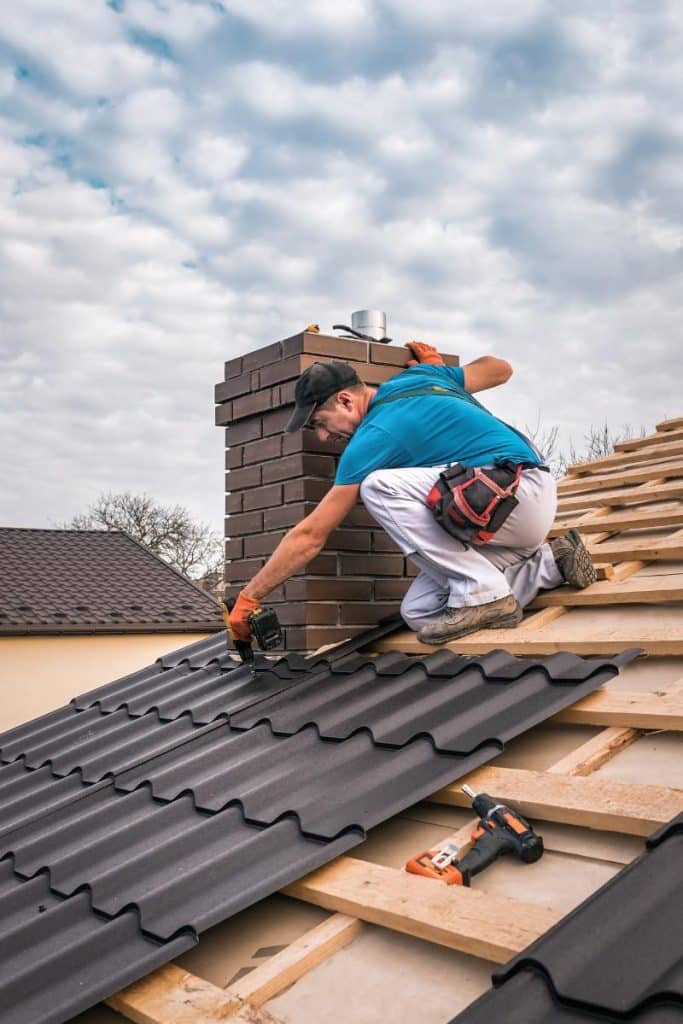Your roof is a critical component of your home, protecting you and your belongings from the elements year-round. Over time, roofs deteriorate due to various factors, potentially compromising their effectiveness and safety. Recognizing the signs that it’s time to replace your roof is essential for preventing costly repairs and ensuring the long-term integrity of your home. This comprehensive guide explores common signs that suggest it may be time to replace your roof, empowering you to make informed decisions about roof maintenance and repairs.

Age of the Roof
Age is one of the most significant factors to consider when determining if it’s time to replace your roof. Often, asphalt shingle roofs have a lifespan of approximately 20 to 25 years, depending on climate, maintenance, and installation quality. If your roof is approaching this age range, it may be time to consider replacement, even if it appears in relatively good condition. Older roofs are prone to leaks, cracks, and other forms of deterioration, making them less reliable in protecting your home from water damage and other issues. Enlist the help of a reputable roofing company to conduct an inspection of your roof’s condition and provide professional recommendations based on their assessment. They can assess the condition of your roof, identify any signs of aging or deterioration, and advise you on whether repairs or replacements are necessary. Additionally, a qualified roofing contractor can guide the selection of suitable roofing materials and provide a detailed cost estimate for the project.
Missing or Damaged Shingles
Inspecting your roof’s shingles is another crucial step in assessing the health of your roof. Look for signs of missing, cracked, or curling shingles, as these can indicate underlying problems such as water damage, wind damage, or general wear and tear. Missing shingles leave the roof vulnerable to leaks and moisture infiltration, leading to rot, mold, and structural damage over time. If you notice any damaged shingles or patches of exposed roofing material, it may be time to invest in a new roof. Take a close look at the overall condition of your roof, paying attention to cracked or peeling paint, and rusted or corroded flashing. These visual cues can indicate underlying issues with your roof’s integrity and performance, signaling the need for replacement. Additionally, if your roof appears old, worn, or outdated, replacing it can enhance your home’s curb appeal and value.
Leaks and Water Damage
Leaks and water stains inside your home indicate that your roof may fail and need replacement. Check your attic for water intrusion. Even small leaks lead to significant damage over time, compromising the structural integrity of your home and posing health risks due to mold and mildew growth. Addressing leaks promptly and proactively replacing your roof helps prevent further damage and costly repairs.
Sagging or Uneven Roof
A sagging or uneven roof is an extreme structural issue that requires immediate attention from a professional roofing contractor. Sagging areas may indicate structural damage, such as rotting or deteriorating roof decking, joists, or rafters. Left untreated, sagging can worsen over time, leading to roof collapse and posing significant safety risks to occupants. Suppose you notice any signs of sagging or unevenness on your roof. In that case, it’s essential to have it inspected by a qualified roofing professional to determine the extent of the damage.
Granules in Gutters
Asphalt shingles contain granules that protect them from UV rays and other environmental factors. Over time, these granules can wear off due to age, weather exposure, and foot traffic, leaving the shingles vulnerable to damage. Notice an excessive amount of granules in your downspouts. It may be a sign that your shingles are deteriorating, nearing the end of their lifespan. Loss of granules can cause shingles to become brittle, cracked, and less effective at protecting your home from water damage and other issues.
Increased Energy Bills
A failing roof can also impact your home’s energy efficiency, leading to higher costs. Leaks, gaps, and inadequate insulation allow conditioned air to escape from your home, which forces your HVAC system to work harder to maintain comfortable indoor temperatures. Suppose you’ve noticed a significant increase in energy bills, particularly during extreme weather conditions. In that case, it may indicate that your roof no longer provides adequate insulation and protection. Investing in a new roof with proper insulation can help improve energy efficiency, reducing utility costs over time.

Your roof has a vital role in protecting your home and family from the elements, so recognize the signs indicating it may be time for replacement. Whether it’s age-related deterioration, missing or damaged shingles, leaks and water damage, sagging or unevenness, granule loss, increased energy bills, or visible signs of wear and tear, addressing these issues promptly helps prevent further damage, ensuring the long-term integrity of your home. Investing in a new roof when necessary lets you enjoy peace of mind, knowing that your home is well-protected and secure for years.
